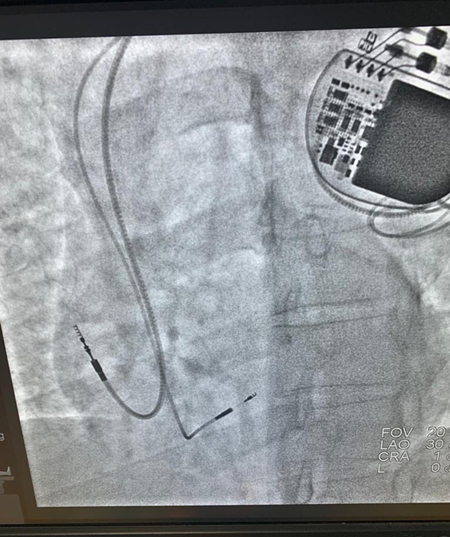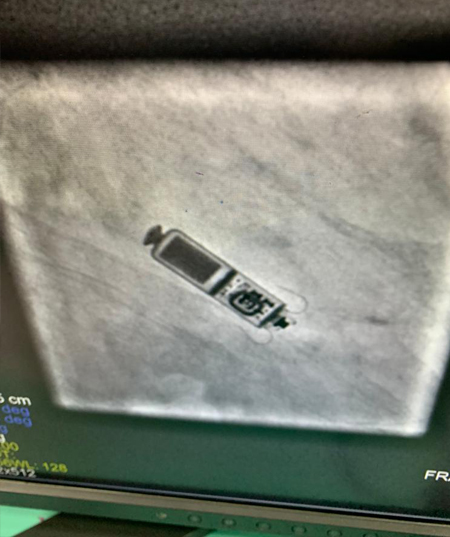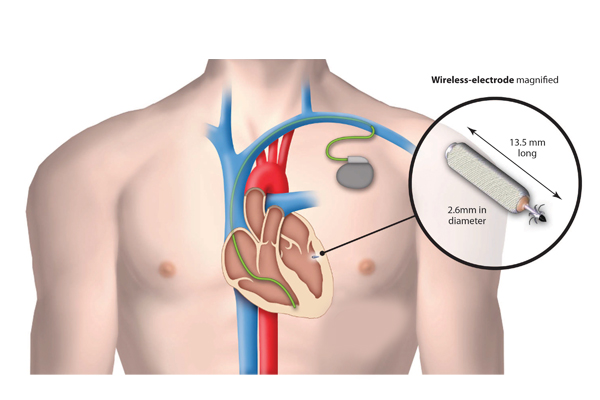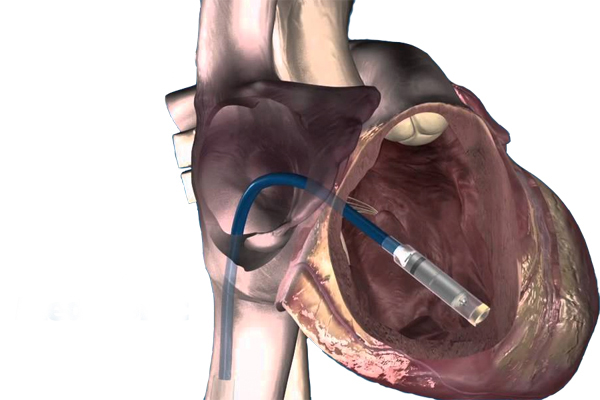Dr. Soumya Patra
Senior Consultant - Interventional Cardiology
MBBS, MD (Paediatrics), DM (Cardiology), FACC (USA),
FESC (Europe), FRCP (Glasgow), FRCP (London), FSCAI (USA), FICC
Governing Body Member of Indian College of Cardiology 2020-2022

Call Doctor
-
+91 98312 74230
Call
Secretary -
+91 98363
70453
WhatsApp
Consultation -
+91 98312 74230
Email -
drsoumya81@gmail.com






